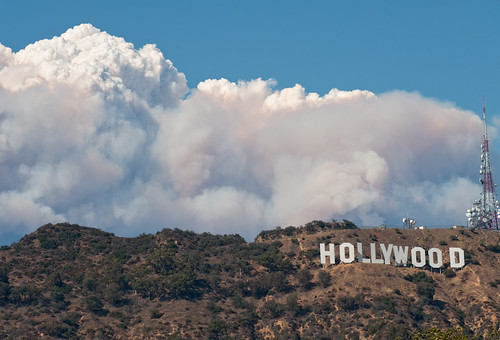
Home office. Credit: Flickr/Rob_Cornelius
It’s Wednesday, and don’t you wish tomorrow was the last day of the workweek? Shortening the traditional five-day workweek has been floated for years as a way to reduce layoffs and bring down overhead costs. Could it work as a national policy to stimulate the economy?
Paul Solman at the NewsHour Business Desk responds to this question with a response from Dean Baker at the New York Daily News, who suggests a tax break for employers who reduce the workweek:
“How would this help the economy? The tax break would allow the employer to compensate workers for fewer hours up to some limit, say a maximum of $2,500 per worker. That would cut work hours but maintain staffing levels.”
Time Magazine reports this week that Utah’s state government is trying out a four-day workweek experiment that’s getting praise around the state so far.
The Paid Vacation Act is going before Congress soon, and WNYC’s Brian Lehrer Show looks at the work-life balance and how giving folks a break could mean saving money for employers and saving sanity for employees.
In France, the 35-hour work week and at least four weeks vacation are the norm, and The Daily News’ Baker says that this doesn’t just sound good to overworked Americans – in fact it can increase productivity.
“The advantages of a so-called 4-10 schedule are clear: less commuting, lower utility bills. But there have been unexpected benefits as well, even for people who aren’t state employees. By staying open for more hours most days of the week, Utah’s government offices have become accessible to people who in the past had to miss work to get there in time.”
But the lack of time in the office could force businesses to do what many have already had to learn in these hard times – how to do more with less. This NPR piece from last July talks about the challenges businesses face with a smaller number of workers at a given time.


